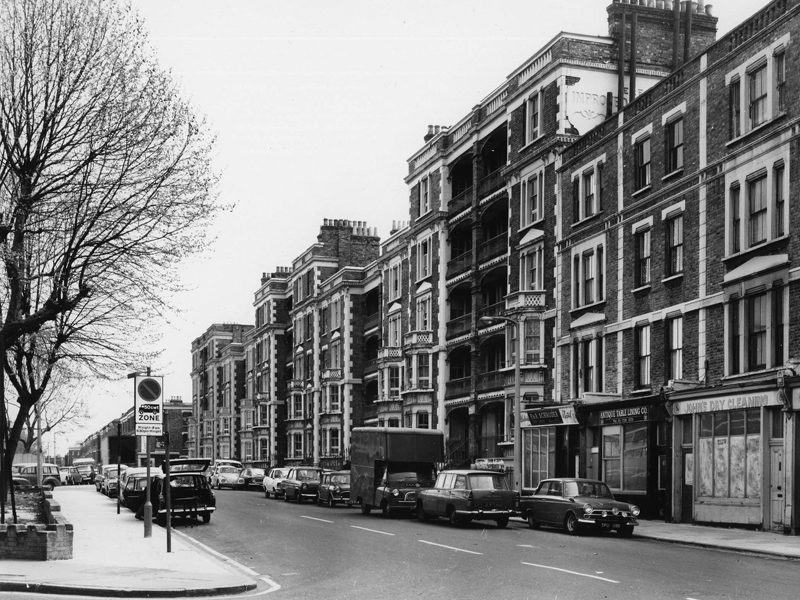Paul Karakusevic finds renewed interest in London for housing built by the public sector, for the public good.



It’s an exciting time to be working in public housing in London. There’s an appetite for positive change that wasn’t there when I was a student in the early 1990s. Back then I walked around post-war estates on the city’s fringes, and saw how neglect had taken its toll. Cuts to council housing departments left them unable to maintain their stock, and residents felt forgotten.
What a difference 20 years has made. There is a renewed ambition among local councils, and a Greater London Authority that supports their drive to improve existing homes and forge vital new urban districts which are connected to the wider city, keeping control of the design vision and quality to ensure they are built to last.
There is a renewed ambition among local councils, and a Greater London Authority that supports their drive to improve existing homes and forge vital new urban districts”
The work of our practice in social housing, as well as research for a RIBA publication on the subject, has taken me on many study trips to visit schemes and interview the practices responsible for their design. The search for the best models and egalitarian housing projects has been a fascinating journey that has covered historical and contemporary approaches to public housing and city building. In the process, I’ve realised that these places are my kind of town; it’s not a single place, but those parts of cities created by the public sector which advance the idea that the right to the city and its opportunities should be for all.
Our research has ranged from looking again at low-rise 1950s Singapore districts like Tiong Bahru, developed by the Singapore Housing & Development Board to create a mixed-use district adapting modernist principles to a tropical climate, through to reconfigured housing in Amsterdam, Paris and Bordeaux where 1960s blocks have been reimagined to give residents more space and new ways of living. Alongside these, the tenement blocks of Arnold Circus and those on Columbia Road in East London as well as the philanthropic legacy of Peabody and Sutton are an ongoing inspiration for the creation of robust, high-density but liveable affordable housing. The generosity, simplicity and built quality of Scandinavian public housing from the 1920s to the 1970s has estates which have aged gracefully and are well loved by residents.
Egalitarian cities are the most resilient, and they are places where even residents on the lowest incomes can live in pleasant neighbourhoods.”
Local authority housing accounts for about one third of the total stock in inner London. Much is on post-war estates, now over 60 years old and in serious need of refurbishment, adaption or replacement. The plight of residents, often experiencing high levels of social deprivation as well as suffering from decaying built fabric, has become one of the biggest concerns for London and other British cities.
The public sector’s role in rebuilding these neighbourhoods is fundamental to London’s future. Egalitarian cities are the most resilient, and they are places where even residents on the lowest incomes can live in pleasant neighbourhoods close to where their children go to school and where they can access jobs and culture.
While the challenge is complex, there is good reason to be optimistic: 20 years ago there seemed to be very little design input into large housing developments of any tenure, and the idea of the Local Authority as part of the solution had been quashed. Today, a more human approach to public housing design is emerging from the tangle of competing constraints facing architects, and a new generation of local authority design officers are in place who believe in the creation of successful places, re-stitched into the rich tapestry of neighbourhoods with improved local facilities, safe streets, more purposeful public spaces and beautiful, generous, well-built homes that residents can feel proud of. The mantra of ‘private sector knows best’ is losing traction in many of London’s town halls, at the same time as belief grows in working with residents, and in the ability of the public sector to deliver the best kind of town.












